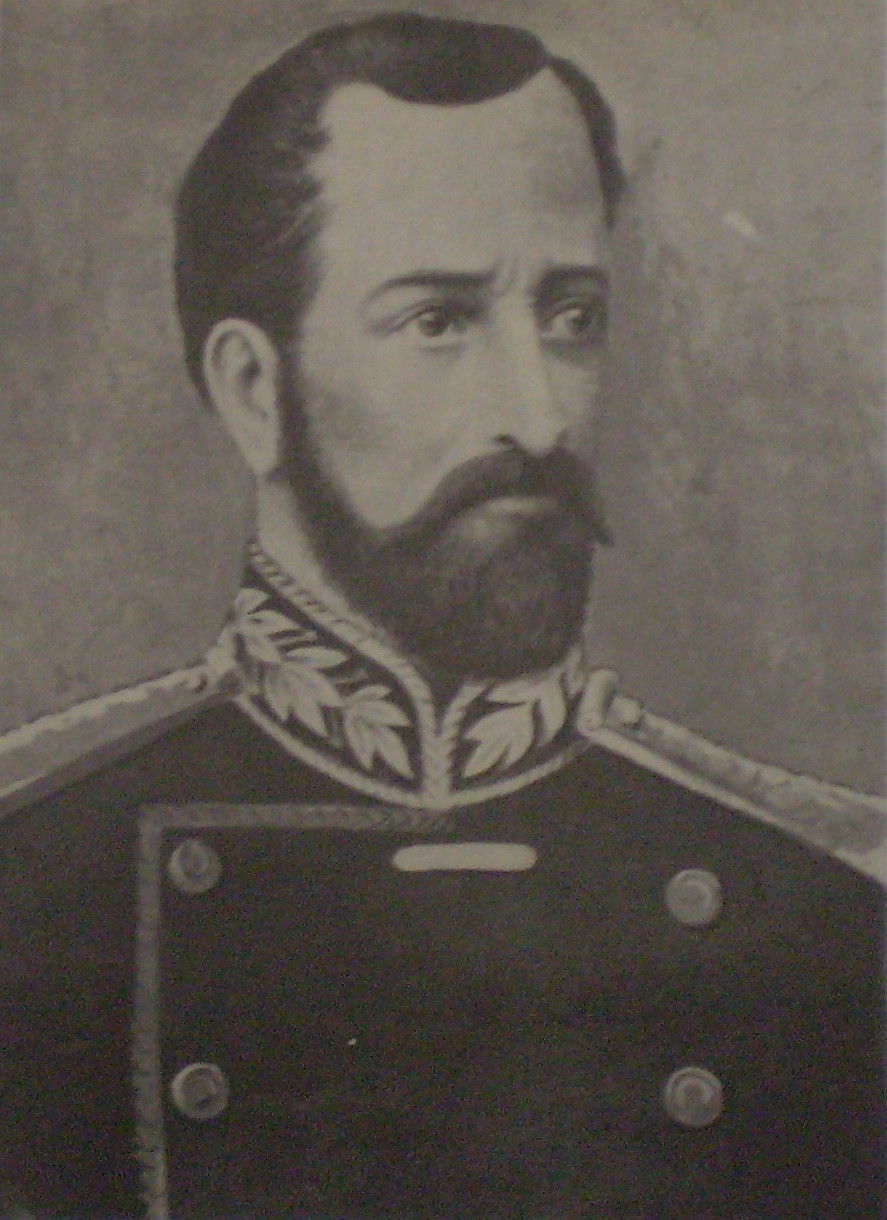|
Capsicum Caballeroi
''Capsicum caballeroi'' is a species of pepper from the genus ''Capsicum'', native to the northeastern departments of Bolivia in Santa Cruz and Cochabamba Cochabamba (; ) is a city and municipality in central Bolivia in a valley in the Andes mountain range. It is the capital (political), capital of the Cochabamba Department and the list of cities in Bolivia, fourth largest city in Bolivia, with .... Alternative names include ají de monta and ulupica de yunga . It was first described by Michael Nee in late 2006. References {{Taxobar, from=Q1035035 Plants described in 2006 caballeroi ... [...More Info...] [...Related Items...] OR: [Wikipedia] [Google] [Baidu] |
Capsicum
''Capsicum'' () is a genus of flowering plants in the Solanum, nightshade family Solanaceae, native to the Americas, cultivated worldwide for their edible fruit, which are generally known as "peppers" or "capsicum". Chili peppers grow on five species of ''Capsicum''. Bell peppers, Sweet or bell peppers and some chili peppers are ''Capsicum annuum'', making it the most cultivated species in the genus. History ''Capsicum'' is native to South America and Central America. These plants have been evolving for 17 million years. It was domesticated and Mesoamerican agriculture, cultivated at least since 3000 BC, as evidenced by remains of chili peppers found in pottery from Puebla and Oaxaca. Etymology and names The generic name may come from Latin , meaning 'box', presumably alluding to the pods; or possibly from the Greek language, Greek word , , 'to gulp'. The name ''pepper'' comes from the similarity of piquance (spiciness or "heat") of the flavor to that of black pepper, ''Piper ( ... [...More Info...] [...Related Items...] OR: [Wikipedia] [Google] [Baidu] |
Santa Cruz De La Sierra
Santa Cruz de la Sierra (; ), commonly known as Santa Cruz, is the largest city in Bolivia and the capital of the Santa Cruz Department (Bolivia), Santa Cruz department. Situated on the Pirai River (Bolivia), Pirai River in the eastern Tropical Lowlands of Bolivia, the Santa Cruz de la Sierra Metropolitan Region is the most populous urban agglomeration in Bolivia with an estimated population of 2.4 million in 2020. It is formed out of a conurbation of seven Santa Cruz municipalities: Santa Cruz de la Sierra, La Guardia, Bolivia, La Guardia, Warnes, Bolivia, Warnes, Cotoca, El Torno, Santa Cruz, El Torno, Porongo, and Montero, Bolivia, Montero. The city was first founded in 1561 by Spanish explorer Ñuflo de Chavez about east of its current location, and was moved several times until it was finally established on the Piray River, Pirai River in the late 16th century. For much of its history, Santa Cruz was mostly a small outpost town, and even after Bolivia gained its independenc ... [...More Info...] [...Related Items...] OR: [Wikipedia] [Google] [Baidu] |
Cochabamba
Cochabamba (; ) is a city and municipality in central Bolivia in a valley in the Andes mountain range. It is the capital (political), capital of the Cochabamba Department and the list of cities in Bolivia, fourth largest city in Bolivia, with a population of 630,587 according to the 2012 Bolivian census. Its name is from a compound of the Quechua languages, Quechua words ''qucha'' "lake" and ''pampa'', "open plain." Residents of the city and the surrounding areas are commonly referred to as ''cochalas'' or, more formally, ''cochabambinos''. It is known as the "City of Eternal Spring" or "The Garden City" because of its spring-like temperatures all year round. It is also known as "La Llajta," which means "town" in Quechua. It is the largest urban center between the higher capital of La Paz and Santa Cruz de la Sierra in the tropical plains of the east. It sits south-west of the Tunari mountains, and north of the foothills of the Valle Alto. In antiquity, the area featured numero ... [...More Info...] [...Related Items...] OR: [Wikipedia] [Google] [Baidu] |
Plants Described In 2006
Plants are the eukaryotes that form the kingdom Plantae; they are predominantly photosynthetic. This means that they obtain their energy from sunlight, using chloroplasts derived from endosymbiosis with cyanobacteria to produce sugars from carbon dioxide and water, using the green pigment chlorophyll. Exceptions are parasitic plants that have lost the genes for chlorophyll and photosynthesis, and obtain their energy from other plants or fungi. Most plants are multicellular, except for some green algae. Historically, as in Aristotle's biology, the plant kingdom encompassed all living things that were not animals, and included algae and fungi. Definitions have narrowed since then; current definitions exclude fungi and some of the algae. By the definition used in this article, plants form the clade Viridiplantae (green plants), which consists of the green algae and the embryophytes or land plants (hornworts, liverworts, mosses, lycophytes, ferns, conifers and other gymnosperm ... [...More Info...] [...Related Items...] OR: [Wikipedia] [Google] [Baidu] |


